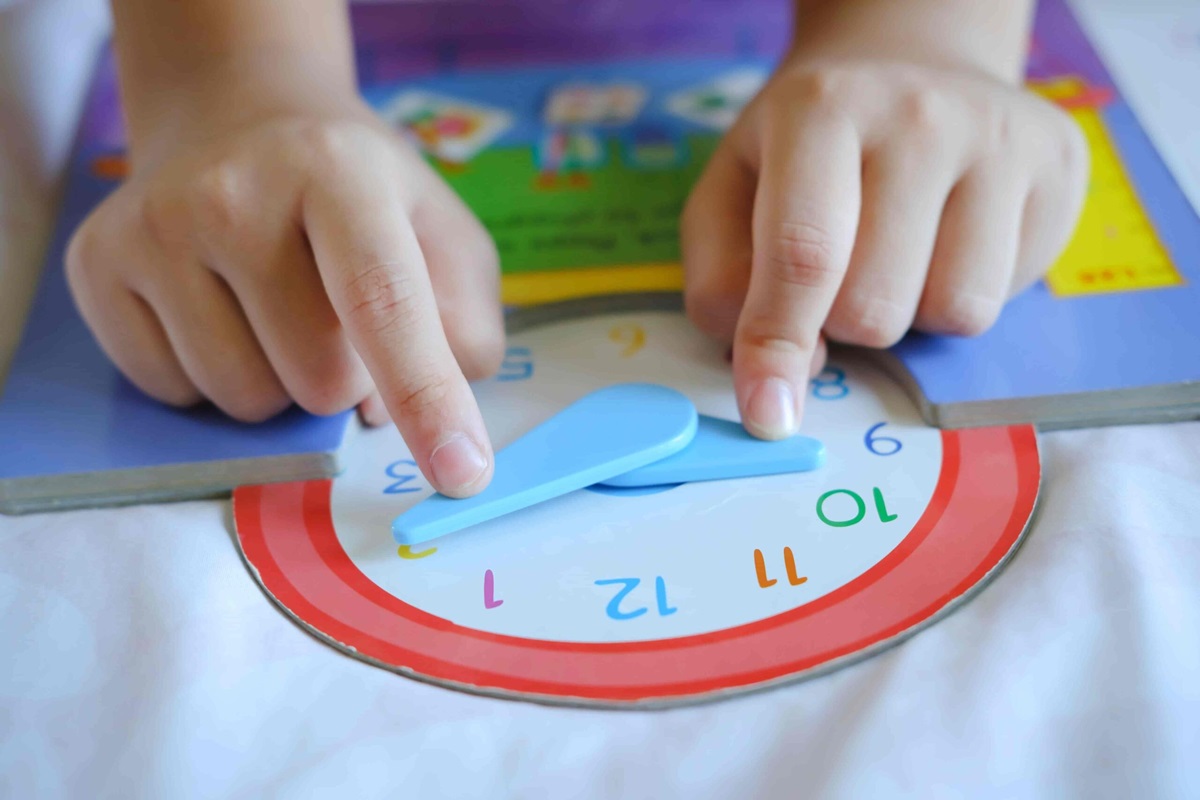People often ask me if I think people are less empathetic in today’s world. It’s a good question. After all, just a quick glance to the daily news or a social media feed is a sure-fire way to trigger feelings of doom and gloom. Another Valentine’s Day passes you by with sweet nothings for nothing? A temper tantrum toward an unsuspecting family member or co-worker maybe? An urge to run for the hills to hide? I’m with you. On more than one occasion in the recent past I have told my friends that I’ll be moving to Canada, or even better, to cozy Denmark where the happy people live.
We can’t help but want to rumble or retreat in the face of danger — real or imagined. Our brains are wired to scan for threats and that is essentially a good thing. Yet, there is a downside to giving too much attention to what ails us and the world: You will surely provoke your inner cynic. Pessimism can take hold. Empathy can hide. And that’s not such a good thing. Instead, there are ways to redirect our attention that can allow us to hold what is both difficult in the world and what is beautiful.
Pay Attention to Your Attention
If there is something that truly ails our culture it is not a lack of empathy, it’s a lack of attention. We’re scattered; we’re overexposed to negative media; we’re addicted to busyness; and stress levels are chronically high. We can forget to pay attention to the very things that matter and bring us joy. It takes practice to redirect attention to the people and moments we can appreciate in our daily lives. There’s so much good in the world if we are open to seeing it.
Practice Kindfulness
Kindfulness is being aware of the present moment with heart. When difficult reactions arise, such as upsetting thoughts, uncomfortable feelings, and bodily irritations, your body is sending out important signals that it’s time to pause. Honor this innate emotional intelligence. Name the experience for what it is. For example “I’m angry.” “This is despair.” “I feel helpless.” Breathe tenderness to the sore spots and allow the moment to flow through you.
Make Room for the Inner Cynic
If you didn’t care about the wellbeing of someone or something, you wouldn’t be upset in the first place. The voice inside, the one lamenting that the world has gone to hell in a handbasket, is trying to protect the vulnerable part of you that wants so much to be safe, to belong, and to feel empowered. Your cynic is also a messenger, so listen with curiosity and an open heart. Fresh ideas will arise.
Align with Your Integrity
Amazing things can happen as a result of befriending your inner cynic. You can ask yourself: “How can I bring kindness to this moment?” “How can I love and resist at the same time?” “How can I take meaningful action?” When I think back about the Women’s March of 2017 I feel an uplift of positive emotions that still sustains me and keeps me involved about issues I care about. When you focus on what serves your highest self and that of others, the inner cynic will stay at bay.
Grow a Kind Mind
We can purposely cultivate compassion without being overcome by emotional distress. Our natural reaction to another’s suffering has a neurological correlate in the brain. In fact, the empathy network maps on a similar neural network for physical pain.
It’s no wonder we impulsively recoil, retreat, wince, numb, or faint in response to pain and suffering! This is a normal and temporary reaction. But it’s what happens next where we have control. We can learn to manage difficult emotions. It means taking gentle care of yourself by giving time to restore, rest and respond with kindfulness. Otherwise, prolonged experiences and exposure to suffering can lead to empathy fatigue and detachment (for example, among caregivers, first responders, and people living in traumatic conditions).
Cultivate Kindsight
The art is to make room for loving attention and have enough emotional perspective to keep your wits about you. I call this kindsight, or viewing life experiences with tenderness and understanding. Compassion practices, like a daily loving kindness meditation, help to broaden and cultivate warm and caring feelings toward ourselves, others, and the whole of humanity. Community practices, such as volunteering or simply helping out in the neighborhood or local school, are direct ways to put kindness in action. Compound this with a good dose of gratitude for what we can offer and do for others, and the inner cynic is sure to be quelled.
Conclusion
If you like what you read, please consider getting my new book The Kindness Cure for you or a friend. It’s chock full of vignettes offered by people, scientific tidbits, and practices in kindness. Thanks for your support!
This article was republished with permission from Dr. Tara Cousineau.











